A modern viewer looking back at The 13 Ghosts of Scooby-Doo may posit the question, “Where in the hell are Fred and Velma?” Sadly, it was due to poor ratings that network brass decided to revamp the series by introducing Scooby-Doo’s rambunctious nephew Scrappy-Doo — to be fair, this did save the show from cancellation — but come the fifth incarnation of the show, Scooby-Doo and Scrappy Doo, the network also decided to drop poor Fred, Daphne and Velma from the cast — though Daphne would return for The New Scooby and Scrappy Doo Show and carry on without Fred and Velma right through to the show we are talking about today, The 13 Ghosts of Scooby-Doo.
This series finds our gang, consisting of Shaggy (Casey Kasem), Daphne Blake (Heather North) Scooby-Doo and Scrappy-Doo (Don Messick), being thrown off course while on a trip to Honolulu via the Himalayan mountains, where a couple of bumbling ghosts — Weerd (Arte Johnson) and Bogel (Howard Morris) — have plotted to trick our heroes into opening the Chest of Demons, a magical artifact which houses the thirteen most terrifying and powerful ghosts and demons to ever walk the face of the Earth.
It’s at this point we realize that maybe a guy in a mask is a better threat.
Even as a short-lived series, The 13 Ghosts of Scooby-Doo raised a few questions — the whole real ghosts and demons being a given — with the biggest question being, “When exactly did they trade in The Mystery Machine for a Mystery Plane and how did they pay for it?” Throughout the many incarnations of the Scooby-Doo show, I’ve always been left wondering, “Where does the money for all this mystery solving come from?” In all their globetrotting adventures we never see the gang getting paid for exposing amusement park owners as mask-wearing criminals, so were we to assume that they were independently wealthy and that ghost hunting was their choice of philanthropy? Even weirder than seeing them flying around in a private plane is the fact that Daphne seemed okay with Shaggy and Scooby as pilots.What state issued these idiots a pilot’s license?
Another most notable addition to the Scooby-Doo canon is the appearance of Flim Flam (Susan Blu), a pint-sized con artist who we first meet as he’s being chased by a mob of townsfolk — him being guilty of selling a supposed miracle drink called “Lotsa Luck Joy Juice” which he claimed could remove unwanted curses, jinxes and evil spells, while also working as a rocket fuel and being a darn good dandruff remover — and Flim Flam's sole purpose in this show seemed to be in trumping Scrappy-Doo in the obnoxiously annoying category. For much of this show's thirteen episode run, we find Scrappy and Flim Flam working together — pulling off the disguise gags that were the staple of Scooby and Shaggy’s antics — which of course left little for our regular cast of characters to do. Shaggy and Scooby were basically relegated to running and hiding while poor Daphne was given even less to do — which considering her old job revolved around her mostly getting tied up by the villain, that’s saying something. This was all made worse by the fact that Scrappy and Flim Flam were basically just carbon copies of each other’s characters. They had almost identical, very annoying character traits, with the only difference between them being that one of them was apparently human.That Flim Flam and Scrappy never returned as regulars is no surprise.
Rounding out the cast of The 13 Ghosts of Scooby-Doo was Vincent Van Ghoul (Vincent Price), a renowned magician and warlock who was enlisted to help the gang when the Chest of Demons was opened by Shaggy and Scooby, and his role in the show was much in keeping with the 1970s television show Charlie's Angels, as each week he’d inform our heroes of the activities of one of the escaped “ghosts” and he'd point them in the right direction. Though Vincent would give them much needed aid, often via crystal ball communications or magical rescues, he mostly worked as their disgruntled boss — though once again it's not as if he was paying them for any of this — and he would only rarely become directly involved in a particularly ghostly encounter."See no evil, speak no evil, get me off this show!"
As for the ghosts themselves, well this was probably the weirdest aspect of the show, because they don’t really come across as being all that ghostly — that they came out of something called the Chest of Demons being a big clue to this — as they run the gamut from zombies to witches to demons, with only Weerd and Bogel providing the show with regular ghostly appearances. Was this supposed to be a case of these creatures having been killed sometime in the past, and now our gang was to do battle with their ghostly versions? If so, none of them acted in any particularly ghostly manner, and can you even have a ghost of a zombie or a demon? The first “ghost” the gang tracked down was the warlock Maldor the Malevolent, who didn't let being dead slow him down any as he easily bent reality and conjured up dragons to fight our heroes.Maldor even turns himself into a giant to terrorize Scooby.
Another unique characteristic of The 13 Ghosts of Scooby-Doo was the constant breaking of the fourth wall — mostly handled by Scrappy and Flim Flam, of course — which provided some decidedly weird moments. For example, in the episode with Maldor the Malevolent their battle with the evil warlock was interrupted by a “Special Editorial” where Scrappy Doo accosted a woman named Loretta Cut-it-Out from the Bureau of Television No Nos, and who had raised concerns about the use of fire during the dragon sequence (fire being a dangerous element for children). Scrappy then accused her of being “Anti-Dragon.” It’s clear that the show’s writers were having fun taking pot shots at the television Standards and Practices of the time, which had violence in morning cartoons being constantly under fire from parent groups, and this was a really fun and meta point in the show. Maybe if they'd done a little more of this type of humor we'd have developed a little less hate for Scrappy-Doo.Note: It was Standard and Practices that prevented such shows as the Super Friends from allowing Batman and Robin to punch bad guys.
This show went into even stranger areas with such episodes as "That's Monstertainment," where our heroes were trapped inside an old black and white monster movie; or in the episode "Scooby in Kwackyland," we find that the villainous Demondo has trapped them in the newspaper comics section. Then there was the episode “It’s a Wonderful Scoob,” where Vincent Van Ghoul takes a depressed Scooby to the future to show him what the world would be like if he didn't return to ghost hunting, and during that episode we also discover that kids are actually watching The 13 Ghosts of Scooby-Doo, as if it was a live broadcast of real events.
Even Ronald Reagan steps in to plea for Scooby’s return to the show.
It’s these meta-moments that older viewers will find most entertaining, while younger viewers — like my six year-old niece — will most likely still be asking, “Where’s Velma?” and though this is far from the trainwreck that the following show A Pup Named Scooby-Doo was, it still suffers from the painful comic stylings of Scrappy and Flim Flam, and even the dulcet tones of Vincent Price can’t save The 13 Ghosts of Scooby-Doo from falling flat more times than not. This all led to the show being cancelled before the last ghosts were caught — though I doubt even audiences of the time were keeping score — and we had to wait three decades for a proper conclusion.Stray Observations:
• Daphne trades in her standard purple dress for a more modern jumpsuit.
• The Mystery Machine isn’t just replaced by a plane; the gang also drives around in a cool red van that works as a strategic all-terrain mobile command unit, one that has an inflatable ducky raft.
• In the episode “It’s a Wonderful Scoob,” Scooby meets future Daphne and Shaggy, but for some reason Flim Flam is still a kid and Scrappy is still a pup.
• In the episode "Reflections in a Ghoulish Eye," the Scooby Gang encounter a character that is an homage/rip-off of Martin Short’s Second City character Ed Grimley, “I must say.”
• In the episode "A Ship of Ghouls," we get a flip on a standard Scooby trope, with the ship’s captain having his mask pulled off to reveal he is a ghost.
• Episode titles for Scooby-Doo have always been pun-centric, but The 13 Ghosts of Scooby-Doo adds a little wrinkle by going with song title puns, such as "To All the Ghouls I've Loved Before, "Me and My Shadow Demon," and "When You Witch Upon a Star."
• Scooby-Doo and his friends never did catch all 13 ghosts. Only 11 of them were shown being caught, which means that even after the release of Scooby-Doo and the Curse of the 13th Ghost we still have one more ghost unaccounted for.
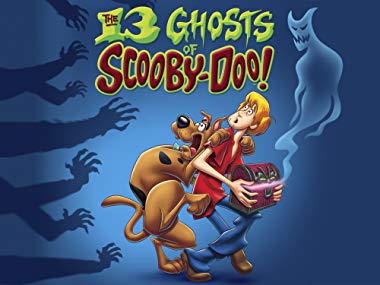
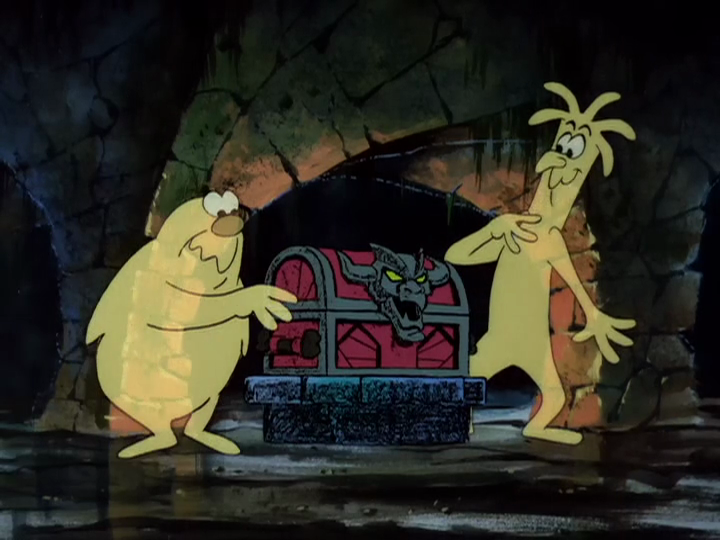
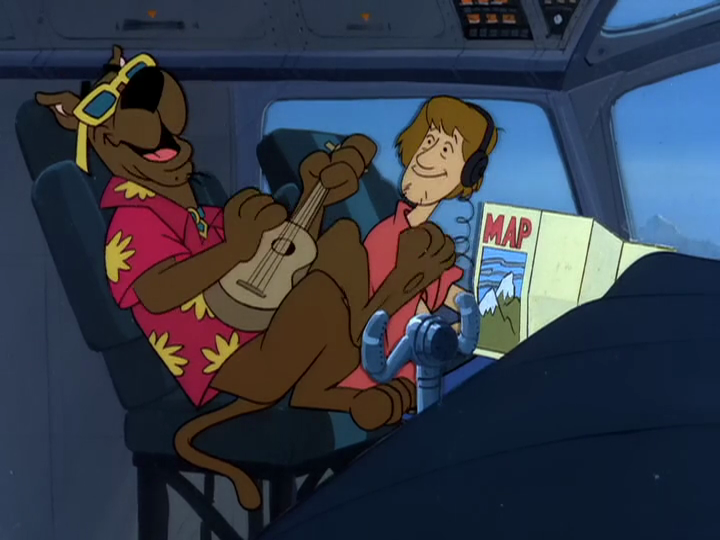
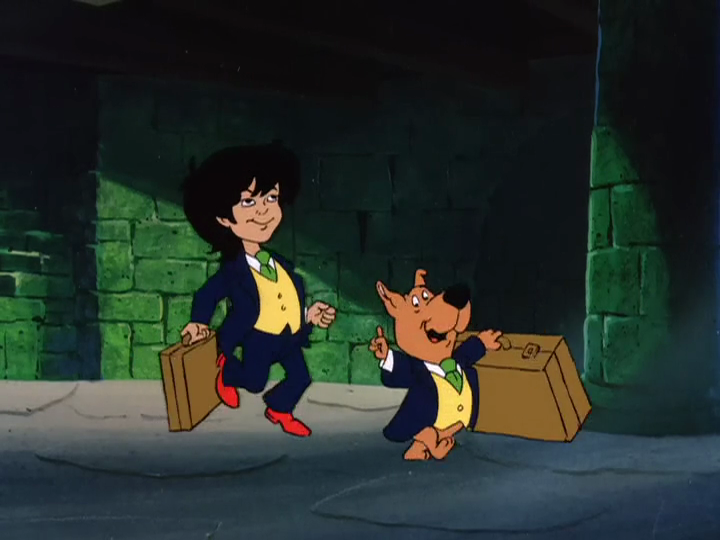
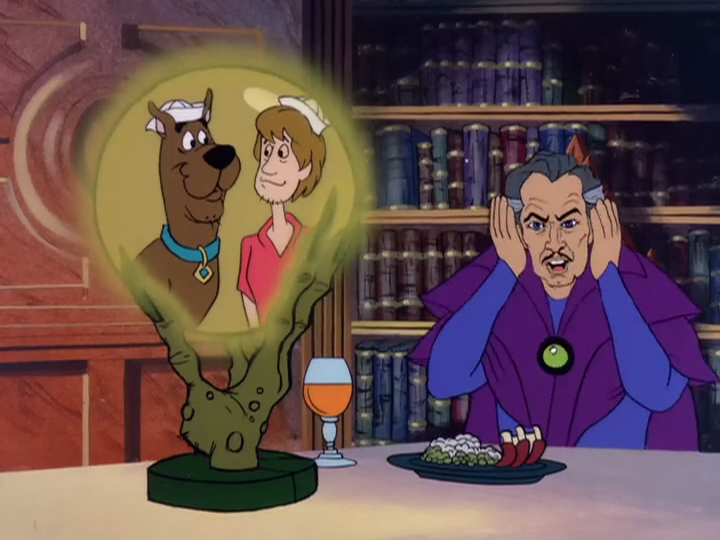
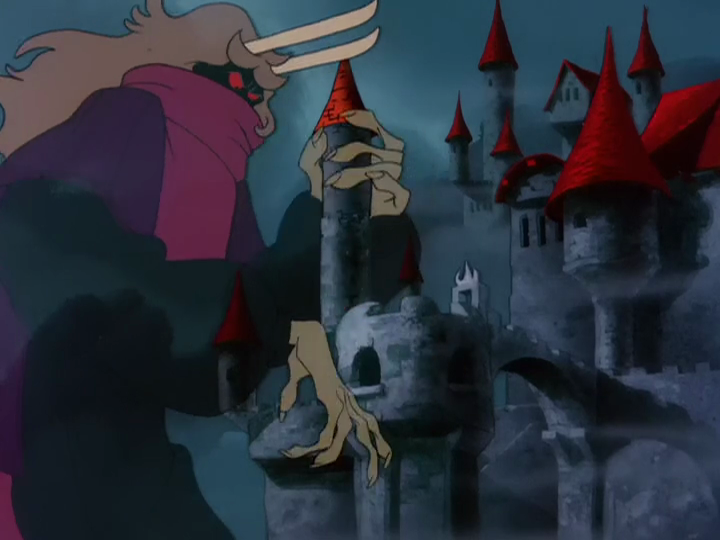
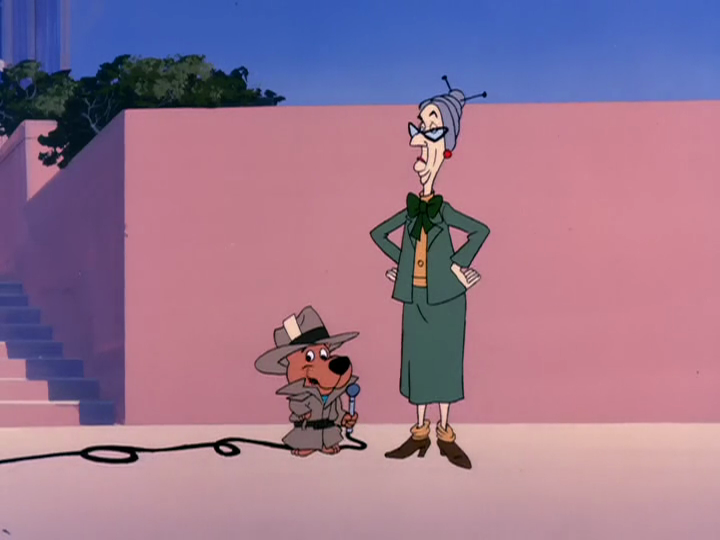
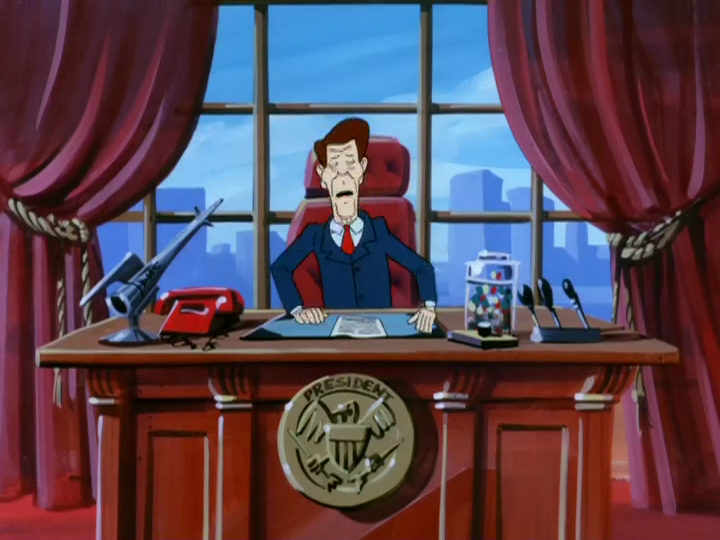

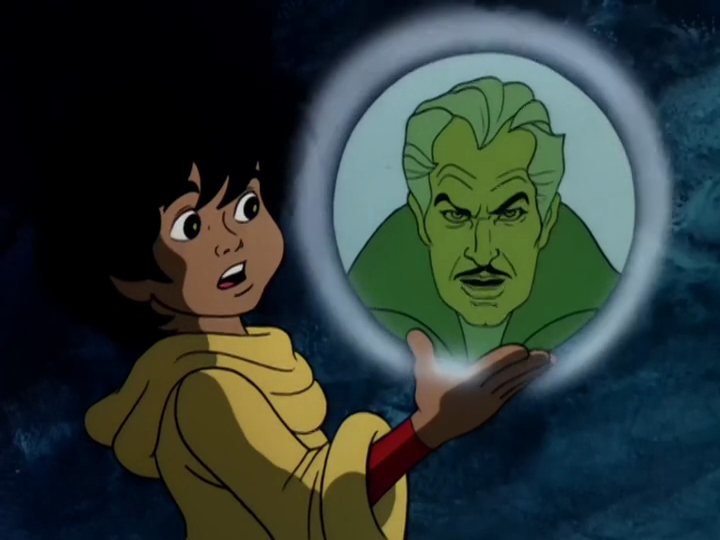
No comments:
Post a Comment